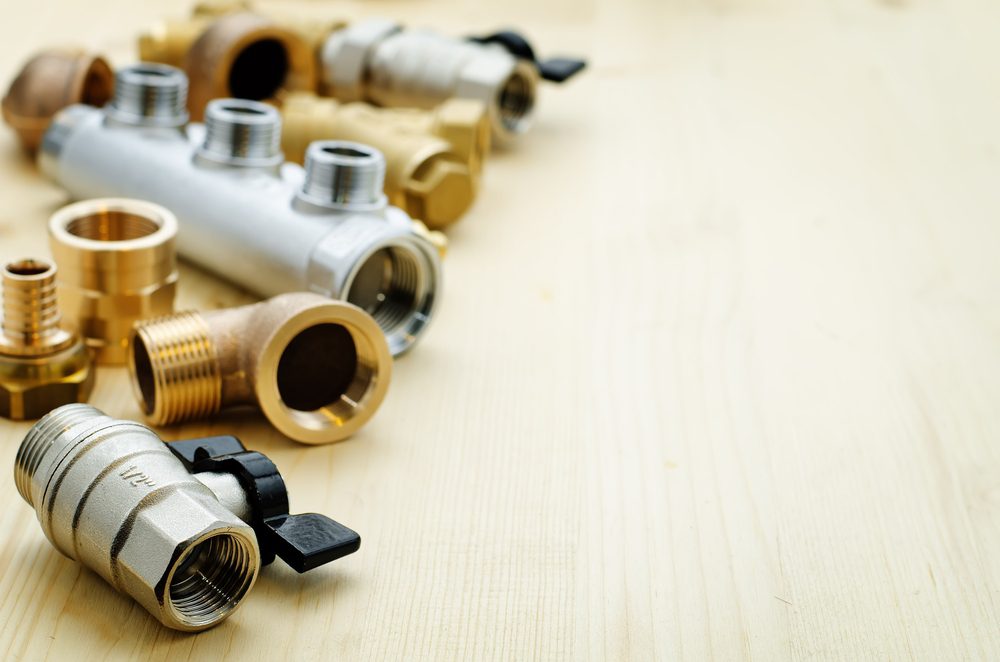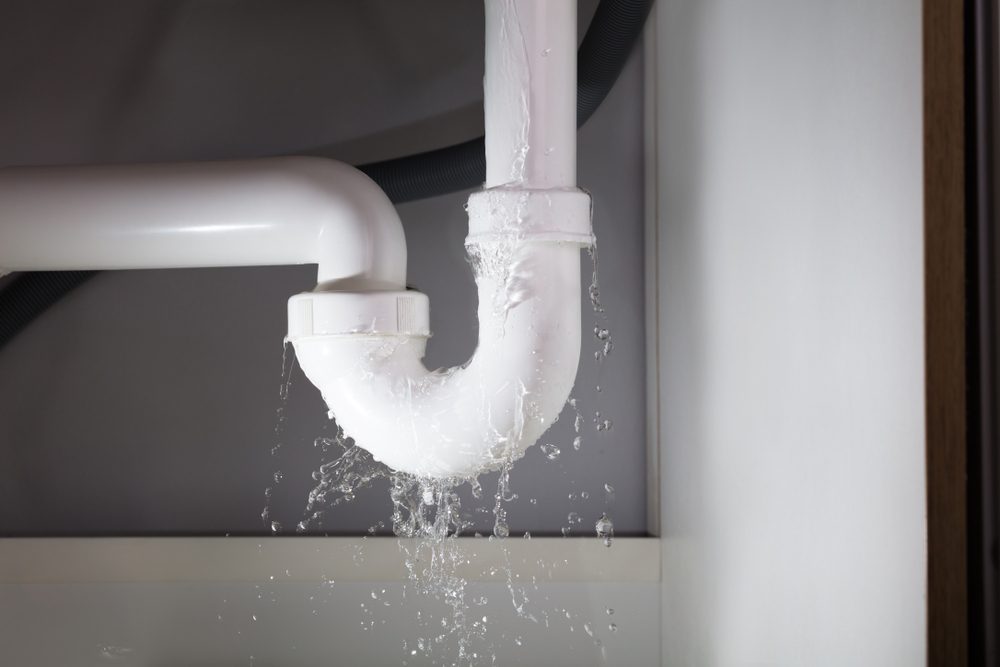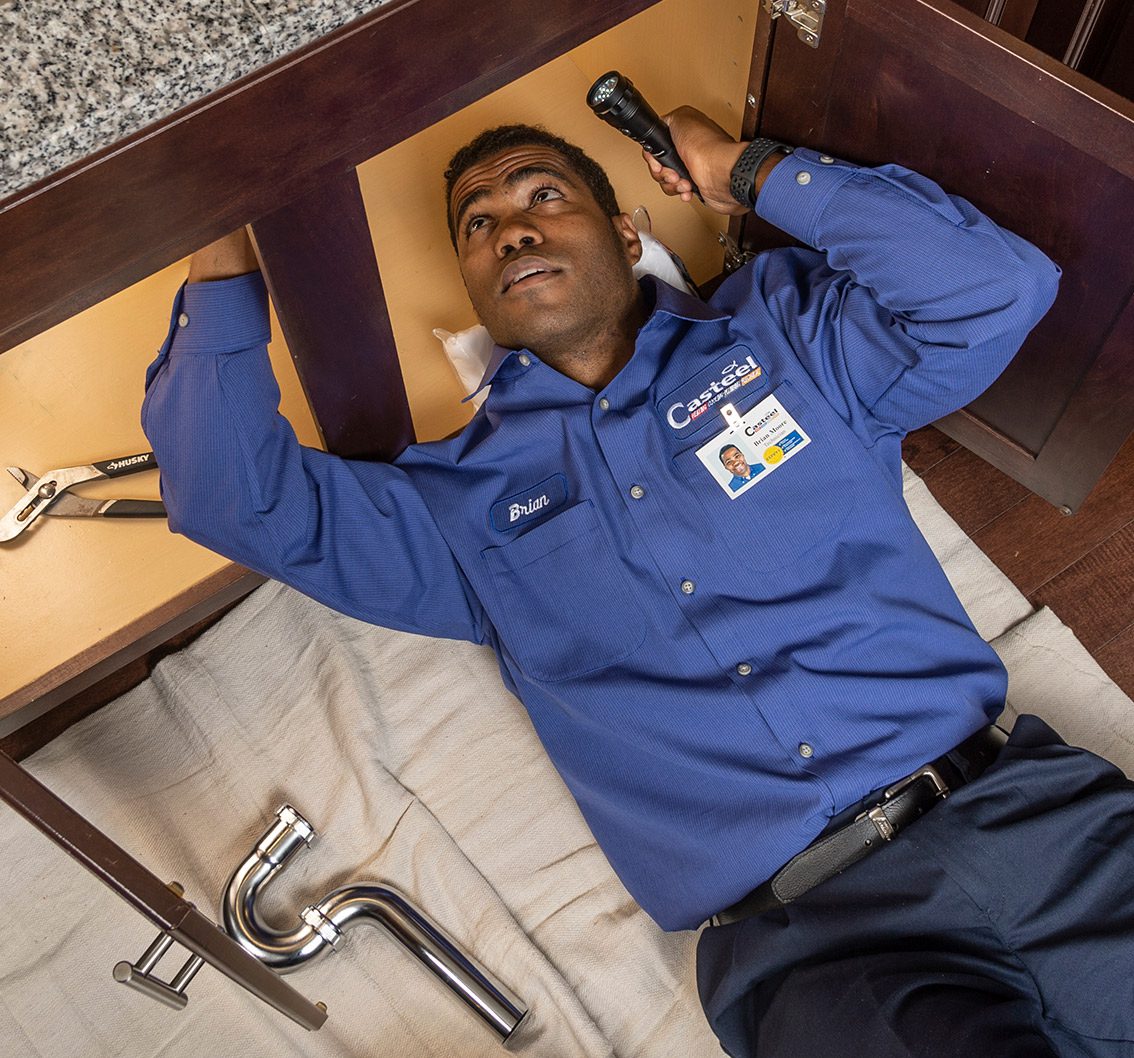
You will run into many different tools when fixing the plumbing in your house. For example, pipe fittings are essential components in the pipe system as they allow you to connect one section. Since there are a variety of different types of pipe fittings on the market, it can be hard to choose the right one for the job. This means you must learn about each pipe fitting to help you make the right decision. To help you avoid confusion, we have created an outline of ten different pipe fittings and how you can choose the proper one every time.
What Is a Pipe Fitting?
Pipe fittings are responsible for connecting and securing various sections of pipes within a plumbing system. These components help build an efficient network that can be utilized to distribute water, gas, and other fluids in your house.
Pipe fittings are designed to perform various functions, such as changing the flow direction, regulating the speed, and sealing off a pipeline. Also, they come in various shapes, sizes, and materials. You can find copper, iron, plastic, and steel pipe fittings. Lastly, each type of pipe fitting caters to your different requirements and preferences.
Standard Names of Pipe Fittings
Pipe fittings come in different shapes and sizes. Some pipe fittings you will find include elbow shape, adapters, values, and expansion joints. The pipe fitting you use when building a pipe system will depend on your needs. So, how do you know which pipe fitting you will need for the job? Below we will go over ten common pipe fittings to help you decide.
1. Gaskets
Gaskets are pretty distinguishable due to their shape, feature, and material. These pipe fittings are shaped like a ring and are used to seal flange joints. Depending on your flange, you will use a specific gasket material for the task. For example, a nonmetallic spiraled gasket is used for raised-face flanges. Also, you will use the ring-shaped gaskets for ring-type flanges.
2. Pipe Elbows
Pipe elbows help direct the flow of the plumbing system in the direction you want it to go. It comes in various degrees, but the most common is the 90-degree and 45-degree elbows. Also, pipe elbows come in two types including long radius( 1.5D) and short radius (1D).
The 90-degree elbows tilt the flow of the plumbing system into a 90-degree angle. It is available in long-radius and short-radius types. The 45-degree elbows shift the system to a 45-degree angle and are only available in the short radius type. Long-radius elbows are used to provide less pressure on the plumbing system.
However, you must ensure you have room to use this pipe fitting. If you don’t, you will use a short radius elbow for the task as it takes less space. However, it does have a high-pressure drop due to the fast change in the flow direction.
3. Pipe Bend
Pipe bends are long radius fittings used in systems requiring pigging. This type of pipe connector provides a low-pressure flow due to the seamless change in the flow of directions it gives. Pipe bends come in two dimensions including 3D and 5D.
4. Pipe Tee
A pipe tee collects the fluid running from the main pipeline. It has a 90-degree branch and is located in a small pipeline area. There are several types of pipe tees including straight tees, reducing tees, barred tees, and wye tees. The straight tee has the same diameter as the main pipe, while the reducing tee has a smaller diameter.
Barred tees are used in piggable pipelines, and a worker welds a restriction bar across to prevent items from entering. However, water, gas, and other liquids can flow freely through the bars. Lastly, the wye tee is used to connect two pipes at a 45-degree angle. Its job is to lower the friction and turbulence of the piping system.
5. Cross
A cross is a four-way pipe fitting with one inlet and three exits. It’s mainly used for fire water sprinklers, not for transferring fluids in a plumbing system.
Read More: Can You Pour Paint Down the Drain in a Bathroom or Kitchen?
6. Pipe Reducers
A pipe reducer helps decrease the diameter of a pipe. There are two different types: concentric and eccentric. Concentric pipe reducers help maintain the center elevation of a pipeline. They are used when two different pipe sizes must be made the same at the center of a system. Eccentric pipe reducers help keep the bottom of a pipe at a certain level. Its job is to keep the pipe system exterior surface at a constant level throughout.
7. Pipe Caps
At the end of the plumbing system is a cap. A pipe cap covers the dead end of a plumbing system to prevent leakage.
8. Stub Ends
Stub ends have the same function as pipe caps. However, they are used for lap joint flanges.
9. Piping Unions
Piping unions are used for low-pressure pipes that are frequently dismantled. This type of pipe fitting has three parts including a female end, male end, and a nut. The nut is used to create a strong seal along with the female and male ends.
10. Pipe Coupling
There are three different types of pipe couplings: full coupling, half coupling, and reducing coupling. A full coupling is used for connecting tiny bore pipes. Half coupling fittings branch a small bore pipe to a large one. Lastly, a reducing coupling is to connect two pipes with different diameters.

5 Water Line Leak Symptoms
Over time your pipes can corrode and lose their connection to the main water line. Unfortunately, when this happens, so will water leaks. So, you need to know the signs of a water line leak, which we will show you in this section.
1. Water Puddles
If it hasn’t rained lately and you see water puddles in your yard, it’s coming from a water leak. Usually, it will happen around your kitchen sink. So, check to make sure there is nothing wrong with it.However, large water puddles that move toward the street indicate a main water line leaking. Sometimes water puddles are not obvious, and you will only notice wet grass. So keep this in mind when looking for puddles.
2. Low Water Pressure
Low water pressure is another sign that there is a leakage in your house. Sometimes you may notice a change of pressure only in the shower. This could be due to sediment build-up. However, if you see a difference throughout the house in the water pressure, it could be significant. It’s best to contact a plumber quickly to fix the problem.
3. Hissing Sounds
You will hear a hissing noise within the walls and floors when a pipe bursts. Sometimes the noise is low and has more of a bubbling sound. However, either sound is not a good sign.
4. Frequent Clogs
Clogs often happen in homes and usually there is nothing to worry about. However, if a clog becomes a more common problem, it could be due to water leakage.
5. Discolored Water
When the main water line breaks and begins to flow into the environment, dirt and other particles find their way into the water. This is when you will start noticing a change of color in your water supply.

Sewer and Water Line Repair Services
If you notice a change in your water supply or signs of leakage, contact our team of emergency plumbers in Marietta, GA and other areas. Our technicians are available to help you fix a damaged pipe fitting or water line in your house. You should never wait to fix a leakage, which can harm your water supply and run up your bill. Our staff offers reputable sewer and water line repair services for homeowners in your neighborhood.
Our technicians also offer other types of plumbing services including water leak repair, drain clearing, sump pump installation, and water heater replacement. Give our plumbers a call by phone at (770) 852-8504 to receive assistance with replacing an old pipe fitting or water pipe in your house.



